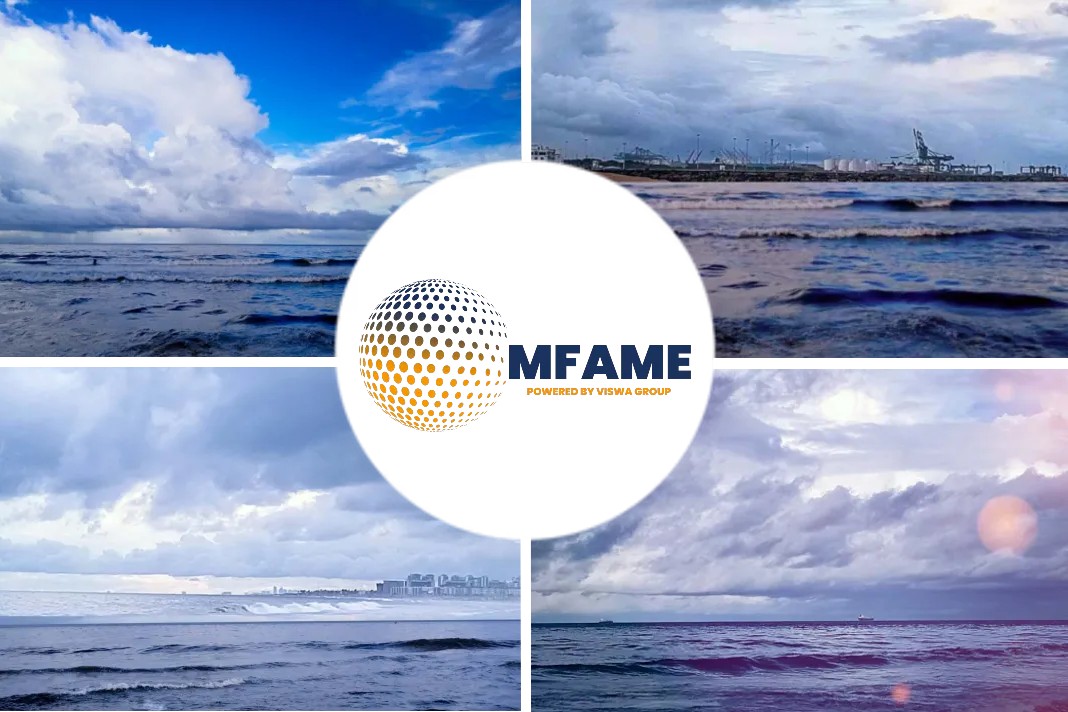- Shipowners operating under the European Union’s emissions trading system (EU ETS) could see operating costs jump considerably.
- At present, it is unclear whether the EU ETS would apply to ships where only the discharge or loading port is under EU control.
- However, vessels plying their trade between EU ports are to be included in the scheme.
The inclusion of shipping in the European Emissions Trading System (EU ETS) could boost costs for shipowners by as much as $4,000/d, reports Argus Media.
This will also increase pressure on the industry to decarbonise and shift toward greener fuel alternatives, investment firm Clarksons Platou Securities said (Clarksons).
Aframax costs
An Aframax tanker could add up to $4,000/d in costs to meet emissions criteria, assuming a 40t/d bunker consumption, emissions of 3.1t of CO2 per tonne of fuel oil consumed at an emissions certificate price of €30/t, Clarksons said.
This additional cost would be significant for shipowners trading in the spot market, as operating costs alone for an Aframax tanker are around $6,700/d, Clarksons data show.
The decision of the European Commission to include shipping has also created uncertainty around how the cap-and-trade system would apply to shipowners trading in Europe. Voyages between two European ports would be “100% subject to the ETS”, the firm said.
The uncertainty around the exact EU ETS mechanisms as they relate to shipping has also been a factor in depressed vessel orders. “A wait-and-see attitude has developed in recent years but the commission’s plans seem likely to accelerate decision making” in the industry to find alternative propulsion technologies and cleaner fuels.
Transitional fuel
LNG will likely be the “transition fuel” for the next decade, while ammonia and hydrogen are becoming increasingly “realistic” options, the firm said.
Advances in technology will ultimately be tied to new vessel orders. Older vessels are becoming less attractive because of their relative inefficiency, which could incentivise more scrapping in the next few years.
Slow-steaming may also be employed to reduce consumption, which would be positive for shipowner earnings, but this strategy also has its limitations as ship efficiency declines further below certain speeds.
Did you subscribe to our daily newsletter?
It’s Free! Click here to Subscribe!
Source: Argus Media






















